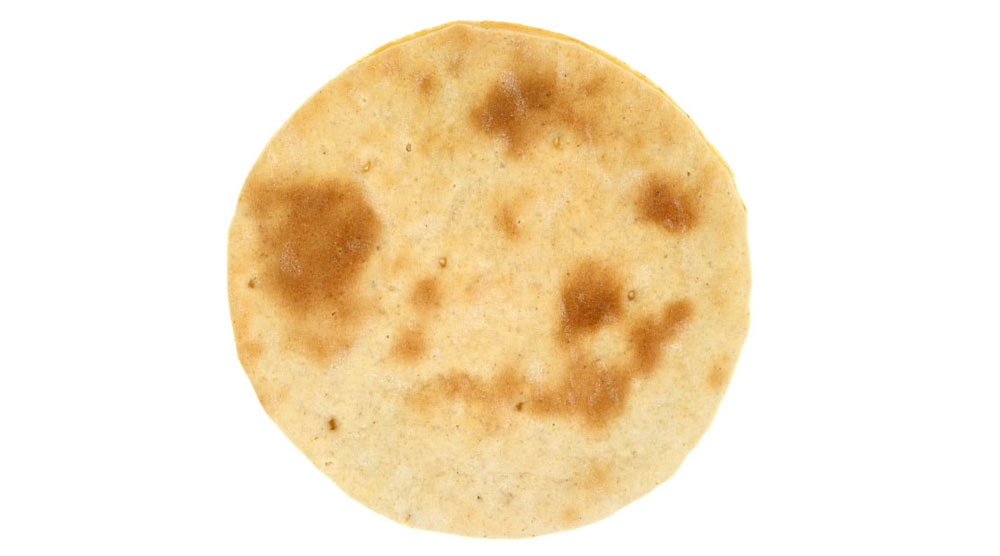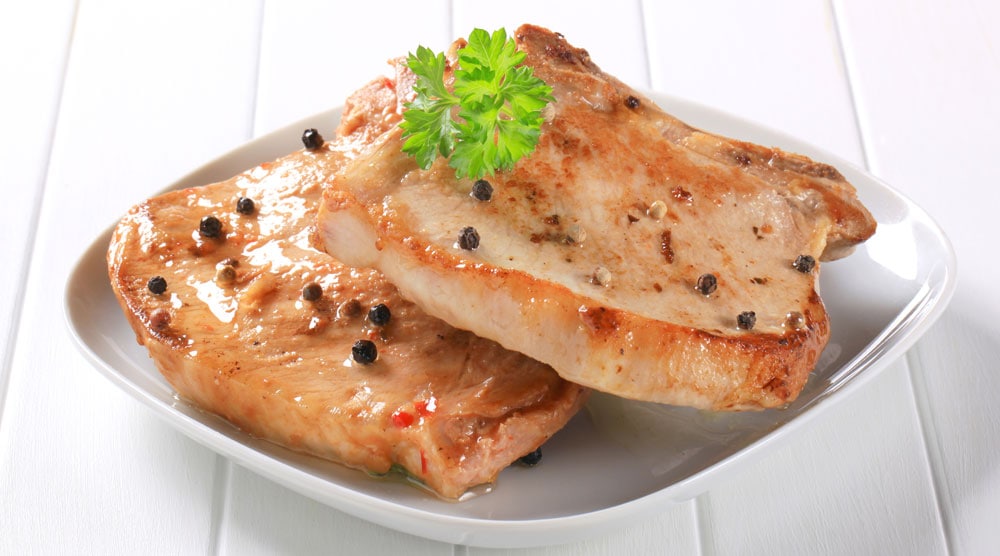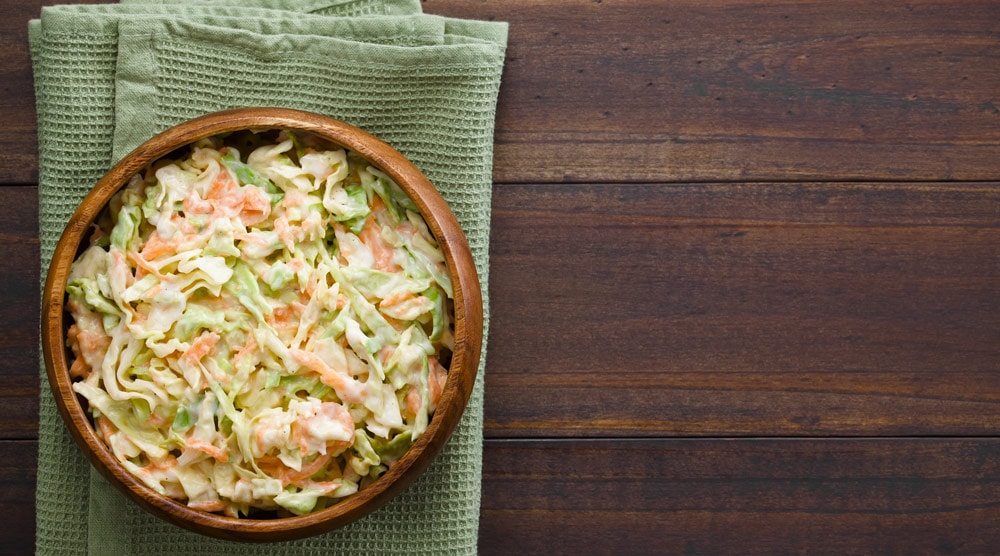If your dog manages to swipe the remnants from your takeaway delivery box, you may find yourself wondering – can dogs eat pizza crust? While it’s not a reason to panic, allowing your dog to eat crust regularly isn’t recommended.
Although it’s not a healthy treat, the occasional piece of cooked crust isn’t likely to be harmful to your dog. Crust doesn’t contain much nutritional value, however, so it shouldn’t be part of a dog’s diet.
Uncooked pizza dough can be dangerous though. And if your dog eats pizza toppings, these can also be unsafe.
Note: This article isn’t written by a veterinarian and shouldn’t be a substitute for professional advice. If your dog has eaten something potentially dangerous, or is showing signs of illness, you should immediately contact a vet for guidance.
Contents
Can Dogs Eat Pizza Crust With No Toppings?

A small piece of cooked pizza crust is unlikely to be dangerous if eaten by your dog.
Crusts baked with garlic or onion are exceptions though. Both garlic and onion are highly toxic for dogs. Depending on the amounts used and the quantities consumed, this could result in your dog developing a stomach upset or more severe symptoms.
“Many owners contact me in a panic when they find their dog has eaten something containing garlic or onion,” says vet Dr Linda Simon. “Thankfully, for a one-off exposure, these foods need to be eaten in relatively large quantities to cause toxicity (at least 5g/kg).”
What About Raw Pizza Dough?
Raw dough is dangerous and can be potentially deadly if your dog consumes excessive amounts. Be mindful of this if you’re preparing a homemade pizza and your dog is a counter surfer.
The fermenting yeast in dough produces alcohol. If eaten by your dog and absorbed into the bloodstream, this can result in a drop in blood sugar levels and body temperature. In severe cases, seizures and respiratory failure can follow.
Dough can also expand in the warm stomach environment. If your dog manages to ingest a lot, this could cause the stomach to become swollen and uncomfortable.
In extreme cases, it could even trigger the life-threatening condition referred to as bloat. This causes the stomach to twist painfully. Symptoms include restlessness, increased heart rate, lethargy, constant stretching, retching and even collapse.
Bloat can be difficult to treat and fast-developing. It’s important to seek veterinary attention as soon as possible if you suspect your dog is suffering from this condition.
“If an owner contacts me soon after their dog has eaten raw dough, I may well suggest inducing vomiting in the clinic, especially if they’ve eaten a large quantity,” says vet Dr Linda Simon. “However, this is only effective in the first few hours after consumption, so it is important to make your vet aware of the issue promptly.”
Is Pizza Crust Healthy for Dogs?
Although pizza dough is relatively low in calories and fat, it isn’t a nutritious food source. It’s much better to opt for healthy and beneficial treats, and there are plenty specifically designed for canines.
Some pizza doughs also contain lots of added salt. This can lead to dehydration and is especially risky for dogs with renal problems.
Excessive amounts of salt can even lead to a toxicity of the system for your dog, also referred to as hypernatremia. Eating a few pizza crusts isn’t likely to cause this problem, but it’s something to keep in mind.
What About Pizza With Toppings?
Pizza toppings are often unhealthy or dangerous for dogs. For this reason, it’s best to avoid giving sections of pizza with topping to your dog.
Onion and Garlic
As already mentioned, onion and garlic are both highly toxic for dogs. Over ingestion can cause damage to red blood cells and lead to anaemia. Your dog may experience symptoms such as an upset stomach, abdominal pain and lethargy.
Garlic is much more potent than onions and, even if you can’t see any on the pizza, it could have been crushed or added to the tomato sauce.
Cheese
Cheese in small quantities is unlikely to cause a problem for your dog. It’s not a toxic ingredient like garlic.
However, adult dogs can find dairy products difficult to digest, so consuming too much cheese can cause stomach upsets. Some dogs are also lactose intolerant, which means even a small amount of cheese could lead to severe gastrointestinal issues.
Cheese is also high in fat and calories. Too much unhealthy fat increases the chance of your dog developing a gastrointestinal condition called pancreatitis. This can require careful life-long management and chronic cases can be life-threatening.
Bacon
Bacon is a popular pizza topping. It’s high in fat, often salty, and can be difficult for your dog to digest. Just like cheese, too much bacon could lead to weight gain in your dog and even pancreatitis.
Spicy Meats
Your dog may love getting a chunky piece of meat from your pizza, but if it’s coated in spices, this can lead to excessive thirst and stomach upsets.
Other Ingredients
Of course, these are just a few common examples. Pizza toppings come in a weird and wonderful array, and many more ingredients could be bad for your dog.
Even if the pizza topping ingredients aren’t dangerous for dogs, they can still cause upset tummies. Particularly if they’re rich and your dog isn’t used to eating them.
“It’s not a common one, but I’ve treated a dog for chocolate toxicity after they’d eaten a whole pizza made with dark chocolate sauce and strawberries!” says Dr Linda Simon. “The theobromine and caffeine in dark chocolate makes it highly toxic for our canine companions.”
If your dog consumes problematic pizza ingredients, don’t delay in reaching out to your vet for further advice or reassurance.
What About Other Types of Bread?
It’s not just pizza dough that’s best avoided by dogs. Falling into the habit of giving your dog regular bread isn’t a good idea either.
While eating a small amount of plain white or whole-grain bread isn’t going to be a major problem, there are healthier alternatives you can give your dog as a treat.
And don’t forget, just like pizza dough, bread contains yeast as a rising ingredient. This’ll be especially problematic if your dog snaffles raw dough while you’re making a homemade loaf.
Related Article: Can Dogs Eat Pita Bread?
Summary
A small amount of pizza crust is unlikely to cause your dog any harm. In general, however, it’s best to stick with more nutritious doggy-safe snacks.
Pizza topping ingredients can be high in fat and may even be poisonous to your dog. For this reason, they’re best avoided altogether
When you’re prepping homemade pizza dough, make sure you set it somewhere out of reach of your dog while waiting for it to rise. Consuming raw dough can cause stomach upsets and ingesting the fermenting yeast can even lead to alcohol poisoning.
If your dog consumes uncooked pizza dough, or a cooked pizza with potentially hazardous ingredients, contact your vet for advice.



